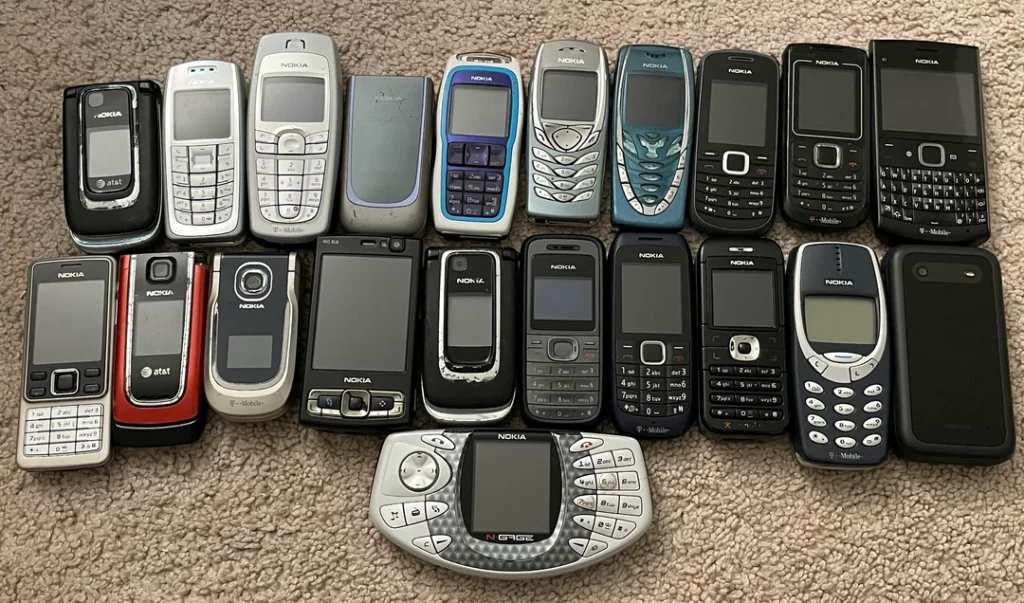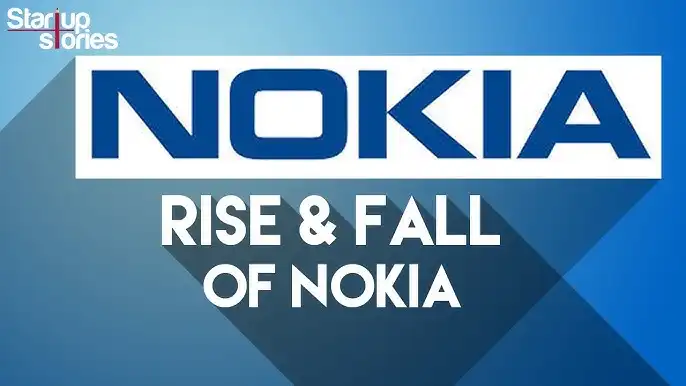The Rise And Fall of Nokia – Story of Nokia!
The Rise and Fall of Nokia: Can It Reclaim Its Place in the Mobile Phone Market?
In the late 1990s and early 2000s, Nokia was a dominant force in the mobile phone industry. Its phones were renowned for their reliability, durability, and innovative features. Built on a foundation of technological prowess, Nokia was consistently at the forefront of mobile innovation.
One of the company’s most significant contributions to mobile culture was the introduction of Snake, a simple yet addictive game that came pre-installed on its phones. Snake quickly became a worldwide phenomenon, helping to solidify Nokia’s position as a must-have brand. This game, along with long-lasting battery life, customisable ringtones, and an easy-to-use interface, contributed to the company’s immense popularity.

Nokia phones were also famed for their durability, with models like the iconic Nokia 3310 able to withstand considerable wear and tear. They were also among the first to feature built-in cameras, with the Nokia 7650 marking one of the earliest examples of this now-standard feature. This helped cement Nokia’s reputation as a leader in mobile phone innovation.
However, despite this early success, Nokia’s fortunes began to shift in the mid-2000s. One of its major missteps was a reluctance to fully embrace new technologies. While competitors such as Apple and Samsung were pioneering smartphones with touchscreens, Nokia continued to focus on devices with physical buttons. This reluctance to innovate led to a gradual decline in market share.
In addition, Nokia’s Symbian operating system was criticised for being outdated and cumbersome, further diminishing its appeal. Meanwhile, the rise of the app economy presented another challenge. As Apple’s App Store and Google’s Play Store gained popularity, Nokia’s own app platform, the Ovi Store, struggled to gain traction. The lack of a robust app ecosystem made Nokia’s phones less attractive to consumers.
In an attempt to reclaim its position as a major player, Nokia announced a strategic partnership with Microsoft in 2010. Together, they launched the Lumia line of smartphones, which ran on Microsoft’s Windows Phone operating system. However, despite initial hopes, the Lumia range failed to gain significant market share, and Nokia’s decline continued.
Ultimately, the partnership with Microsoft was deemed unsuccessful, and in 2013, Nokia made the decision to sell its phone business to Microsoft for $7.2 billion. This marked the end of an era for the Finnish giant and was a significant blow to Finland’s economy, as Nokia had been one of the country’s largest employers.
Nokia’s mistakes were not limited to the rise of the smartphone. The company was also slow to respond to the emergence of Chinese manufacturers like Huawei and Xiaomi, which produced high-quality smartphones at more affordable prices. By the time Nokia did act, it was too late, and its position in the global market had eroded further.
Despite these setbacks, Nokia continues to operate today, having shifted its focus to other areas such as networking and telecommunications. The company has also made efforts to re-enter the mobile phone market, with new phones released under the Nokia brand. However, the question remains: can Nokia successfully re-establish itself in the mobile phone industry?
To do so, Nokia must navigate several significant challenges. It faces stiff competition from established brands like Apple and Samsung, as well as from rising Chinese manufacturers. Moreover, it will need to demonstrate a renewed commitment to innovation—something it struggled with in the past.
In conclusion, Nokia’s decline in the mobile phone industry was the result of several missteps, including a reluctance to innovate, failure to adapt to the app-driven economy, and an unsuccessful partnership with Microsoft. However, Nokia has not disappeared. The company is still standing and has made efforts to regain a foothold in the mobile market. Whether it can successfully re-establish itself remains uncertain, but the journey ahead is likely to be a challenging one. Only time will tell if Nokia can reclaim its former glory.













